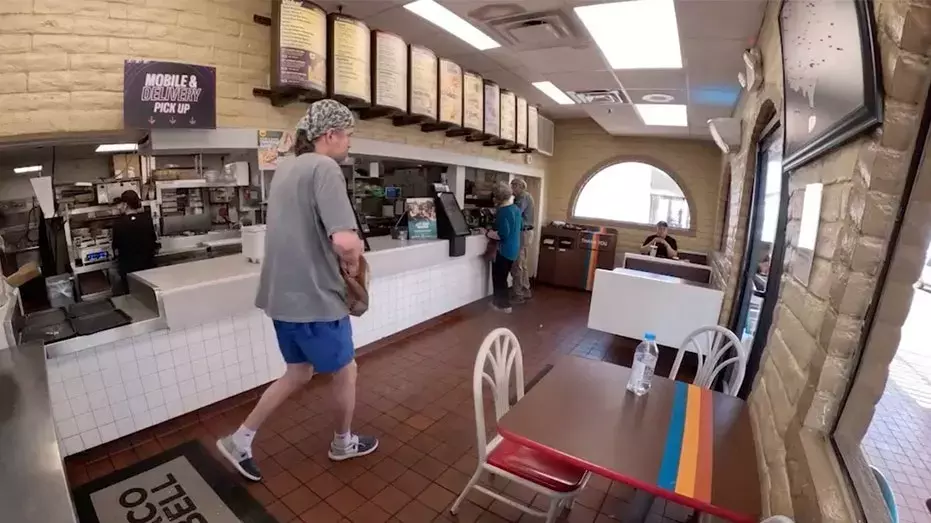




A cherished piece of fast-food history is preparing to draw its final curtain in Scottsdale, Arizona. The closure of one of the earliest Taco Bell locations has sparked nostalgia among locals and fans alike. This particular eatery, renowned for its distinctive cantina-inspired architecture, has served as a landmark in the community for decades.
This historic spot, identified as restaurant number 31, marks a significant chapter in Taco Bell's journey. Since opening its doors in the 1960s, it has operated around the clock, offering both dine-in and drive-thru services. However, its modest kitchen facilities and limited indoor seating area have long been outpaced by modern demands. According to reports, the decision to close stems from the need for expansion and adaptation to current consumer expectations.
As this iconic establishment prepares to shut down, many reflect on its legacy. For enthusiasts like Stephanie Suriano, who traveled from Michigan for a farewell visit, the location represents more than just a meal—it symbolizes an era of innovation in fast food design. While no definitive plans exist yet for the building or its famous signage, the emotional connection people share with this site underscores the impact such landmarks have on cultural memory. Moving forward, newer establishments aim to carry forward the spirit of tradition while embracing progress.
Change often brings opportunities to celebrate the past while looking toward the future. As communities witness the evolution of familiar places, they also embrace the chance to redefine their identities. The impending closure of this classic Taco Bell serves as a reminder that preserving heritage does not mean halting growth but finding ways to honor origins even amidst transformation.
